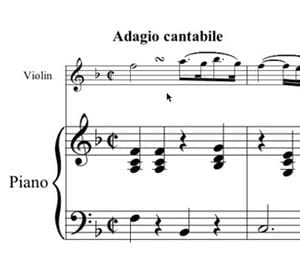Coral reefs are the rainforests of the sea.
In a delicate operation at sea, 28 healthy laboratory-raised staghorn coral colonies were transplanted last month by our Nova Southeastern University Oceanographic Center researchers to a threatened reef off the Fort Lauderdale coast. This will – we expect – initiate a restoration process for a formally healthy reef that was recently devastated by disease.
Staghorn coral, a fast growing branching variety that look something like deer antlers, were one of the first coral species to be listed as threatened by the Endangered Species Act in 2006. Florida and Caribbean reefs have been ravaged by a number of stresses, including global threats such as rising sea temperatures and ocean acidification as well as more local and human threats, like pollution, over fishing, and development.
NOAA says staghorn coral populations have declined “up to 98 percent throughout their range” since 1980. Some of our local staghorn reefs have been wiped out nearly completely. It’s bad news for the fish who call the reefs home, but also for the state economy. Florida has 84 percent of the potential coral reef area in the United States, generating more than $6 billion a year and over 71,000 jobs.
We are looking for solutions, including raising corals in places where babies and juveniles can be nurtured in a relatively safe place before being moved to a location where we hope to restore the coral population. Offshore nurseries are a great idea, although those can be subject to the same threats – like hurricanes or disease epidemics – as natural reefs.
A corollary technique is to grow corals under more controlled conditions in on-land nurseries where they are less subject to stress and variation. Once they grow to the right size, the next step is to transplant them. Nurturing corals in a land-based lab and then transplanting them to the ocean floor is a fairly new idea – and one among others that we hope will lead to increasing the tools in the toolbox for in restoring coral reefs.
via Scientific American – Richard E. Dodge ᔥ
Bookmark this page for “Coral Transplants” and check back regularly as these articles update on a very frequent basis. The view is set to “news”. Try clicking on “video” and “2” for more articles.
>









